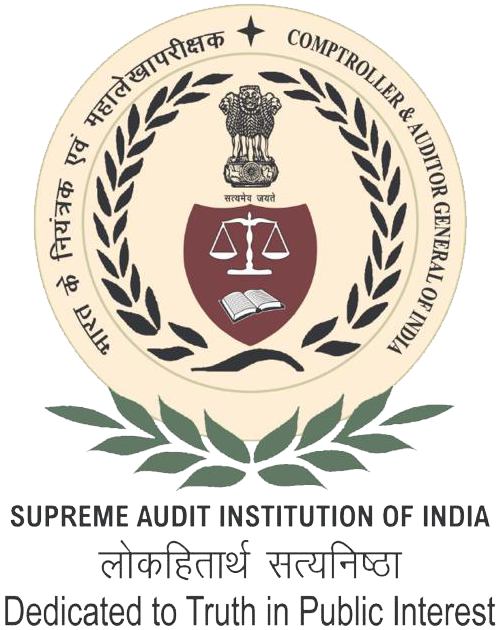- Home
- About Us
- Function
- Resources
- Tour Program
- Publication & Reports
- Contact Us
- Employee Corner
Audit Reports
Performance

Civil
Report No. 8 of 2009 - Performace Audit of National Rural Health Mission of Union Government, Ministry of Health & Family Welfare
Date on which Report Tabled:
Fri 18 Dec, 2009
Date of sending the report to Government:
Government Type:
Union
Union Department
Civil
Sector
Education, Health & Family Welfare
Overview
The National Rural Health Mission (NRHM) was launched in April 2005 to provide accessible, affordable, accountable, effective and reliable healthcare facilities in the rural areas of the entire country especially to poor and vulnerable sections of the population. The key strategy of the NRHM was to bridge gaps in healthcare facilities, facilitate decentralized planning in the health sector, and provide an overarching umbrella to the existing disease control programmes run by the Ministry of Health and Family Welfare. The Union Cabinet, while approving the Framework for Implementation of the NRHM in July 2006, provided a considerable degree of delegation of financial and administrative powers to the Mission. The Mission Steering Group (MSG) and the Empowered Programme Committee (EPC) were authorised to modify norms of approved schemes. The MSG was also empowered to approve financial norms in respect of all schemes and components that were part of NRHM. Though the Mission was launched in April 2005, the Cabinet's approval of the Framework for Implementation of the NRHM in July 2006 effectively provided the impetus for accelerating the Mission's activities.
The cutting edge of the Mission's programme and activities lies in the States and its success would, to a large measure, be closely linked to the effectiveness of the State Health Societies in implementation of the activities envisaged under the Mission. While the Ministry is ultimately responsible for providing the overall policy framework, guidance and acting on feedback, its efforts need to be complemented in equal measure by the States.
The Mission seeks to initiate key changes in the health sector, varying from the encouragement and development of planning capacity and community participation to an emphasis on convergence with other indicators of a 'good' life - safe drinking water, sanitation etc. The long-running disease control programmes have been brought under a more cohesive implementation structure and Indian Public Health Standards guiding infrastructure and facilities established.
Download Audit Report
- Preface
- Executive Summary
- Chapter 1 - Introduction
- Chapter 2 - Planning and Monitoring
- Chapter 3 - Community participation
- Chapter 4 - Convergence
- Chapter 5 - Fund Flow Management
- Chapter 6 - Infrastructure Development and Capacity Building
- Chapter 7 - Procurement and Supply of Medicine and Equipment
- Chapter 8 - Information, Education and Communication
- Chapter 9 - Achievements in Healthcare
- Chapter 10 - Conclusion and Summary of Recommendations
- Annexures
- Appendices

